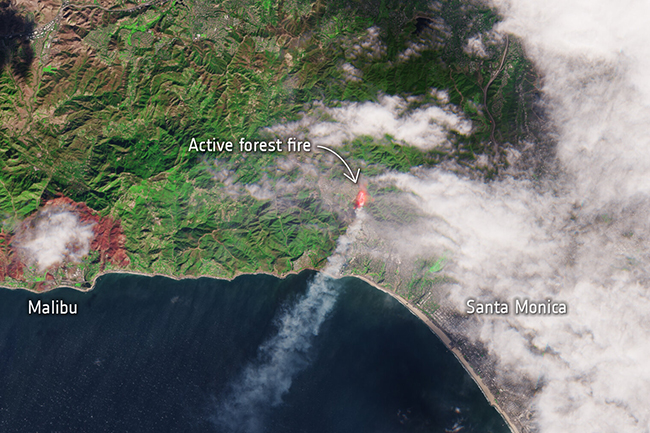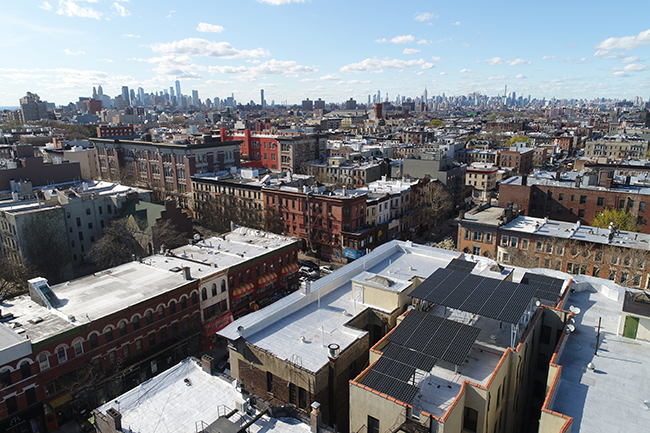
What happens when dry weather is closely followed by wet weather, which is then closely followed by windy weather? Devastating wildfires like the ones raging through neighborhoods in and around Los Angeles this week, which has forced 100,000 people to evacuate and hundreds to lose their homes and possessions. These are some of the effects of climate chaos, as the warmer atmosphere can hold more water vapor and delay precipitation, which ultimately leads to dryer conditions along with more vegetation to dry out and burn, as well as more volatile swings between wet and dry conditions.
This phenomenon is called “hydroclimate whiplash”, and it has increased 66% since the mid-20th century, according to a new study in the journal Nature Reviews. The climate scientists who authored the study expect more to come.
If global temperatures rise 3 degrees Celsius above pre-industrial levels, climate modeling predicts that the rate of whiplash weather events worldwide will double. We are currently on track to exceed 1.5 degrees Celsius within the next five years.
Anthropogenic climate change is the culprit behind the accelerating whiplash, and a key driver is the “expanding atmospheric sponge” – the growing ability of the atmosphere to evaporate, absorb and release 7% more water for every degree Celsius the planet warms, researchers said.
“The problem is that the sponge grows exponentially, like compound interest in a bank,” Daniel Swain, climate scientist at UCLA and the lead author of the study, said. “The rate of expansion increases with each fraction of a degree of warming.”
“We can’t look at just extreme rainfall or extreme droughts alone, because we have to safely manage these increasingly enormous influxes of water, while also preparing for progressively drier interludes,” Swain said. “That’s why ‘co-management’ is an important paradigm. It leads you to more holistic conclusions about which interventions and solutions are most appropriate, compared to considering drought and flood risk in isolation.”
You can read more about this on the KQED website here. KQED is San Francisco’s public broadcasting station.

